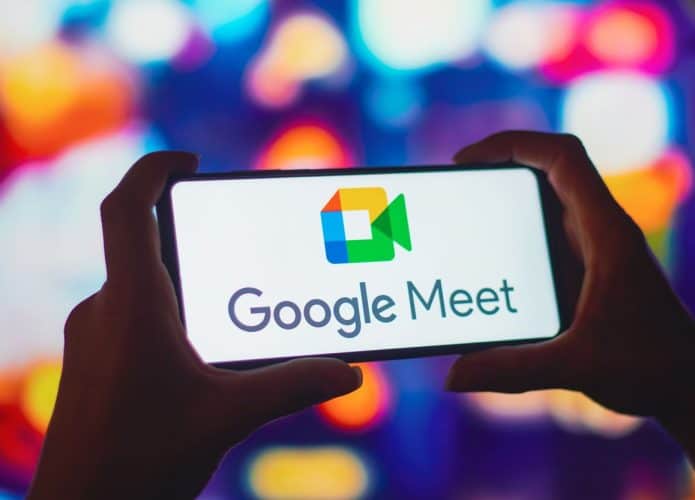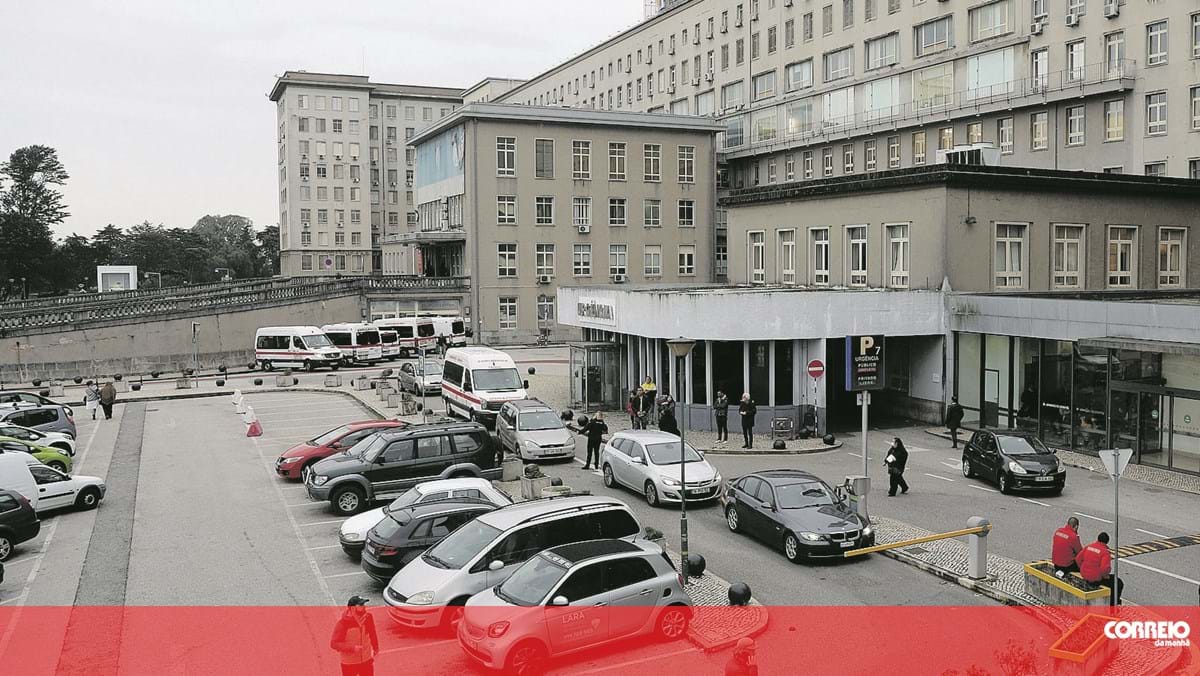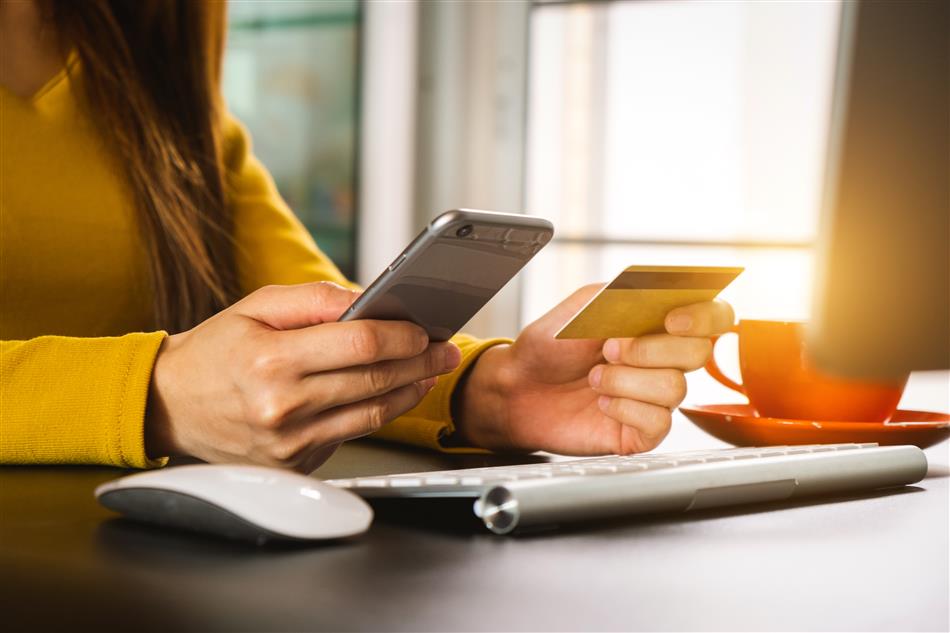MB WAY
This app is gaining more and more fans. The formula is simple: it allows you to make online purchases, redeeming Visa, MasterCard and American Express cards. You can also transfer money more simply and securely without allowing access to your bank account, as the merchant never uses your data. Added to this is another advantage: there is a maximum amount that cannot be exceeded: a maximum of 750€ per transaction, a maximum of 2500€ received and sent per month and a maximum of 50 transfers received per month.
In order to make actual payments, the merchant must have this payment system in place. The customer just indicates the mobile phone number and MB WAY PIN, and immediately receives a notification. In addition, the application allows you to perform other ATM operations on your mobile phone, where you can, for example, withdraw money. Simply select the cash withdrawal option and enter the amount you want. Then go to the nearest ATM, press the green key and enter the 10-digit code generated by MB WAY. The code is valid for 30 minutes and can only be used once, and it can also be sent to another person via a notification or SMS. It is also possible to make bank transfers, as if you had an ATM on your mobile phone. You have to enter the application, choose the transfer option, enter the cell phone contact of the other person (who also must have the application installed) and after entering the PIN the amount is transferred instantly. Commissions vary by bank, but it’s still free for many.
MB . phone
This system has the same functions as MB NET and allows you to perform some operations that are usually performed at ATMs. Customers can, anytime and anywhere, make payments for services, make bank transfers to accounts linked to their numbers, top up their mobile phones, place a check withdrawal request or even refer to their balance, movements and nib.
All operations can be done through the Java application or via SMS or voice calls to those who do not have it. MEO, NOS and Vodafone offer this service via SMS or Voice Call. The subscription takes place at an ATM, where the customer must link the MB PHONE service to an account, a mobile phone number and a telecom operator. The final step is to specify a personal code to make accessing the service more secure.
However, the Portuguese do not use this application much, as more and more financial institutions are developing applications that allow their customers to use all the features of home banking on their smartphone: transfers, payments for services, advice on transactions, balances of all accounts and the constitution of deposits, among others .
NFC technology
Contactless technology arrived in Portugal in 2013, but technological development has taken a further step and it is now possible to make payments without a physical credit card through NFC (Near Field Communication) technology.
It works on iOS and Android smartphones, but it should be natively built into the mobile. However, in order to use it as a means of payment, the consumer must have an application installed in which he links his mobile phone number to his bank account. Some of the current apps are Apple Pay and Android Pay.
On the other hand, it is also necessary for the trader to have this technique. In a simple and fast way, the customer just needs to bring his smartphone close to the payment terminal and the transaction is executed.
digital wallets
This payment method is gaining more and more fans. Examples include online wallets such as MEO Wallet, Skrill, Paiza or Neteller, which act as a virtual bank that facilitates online payments and transactions, accepting deposits and withdrawals which are generally faster and with lower fees than traditional means.
Inspired by peer-to-peer payments, bitcoin is the first decentralized digital currency, where transfers are made directly between two people, without intermediaries, allowing for lower transaction fees.
To make payments, simply show the QR code in the smartphone app or join two phones using NFC radio technology.
A system very similar to the previous one is SEQR, a very popular mobile wallet service in Europe that allows consumers, via a smartphone, to make payments in stores, restaurants, parking and online.
This method also allows you to transfer money for free, save receipts in a digital format, and receive offers and promotions directly through the application. Like the previous, this works by reading or touching the QR/NFC code, while having to enter the PIN code.
One of the advantages of this method is that the consumer can get a maximum refund of 3% on each purchase he makes, based on the number of transactions per month.
Other operations
Another payment solution is to use PayPal. It is an electronic system increasingly popular with online purchases, allowing you to send and receive payments through an email account without having to provide your bank account or credit card details. In addition, it can be used anywhere in the world, regardless of the country or currency of origin. The main advantages of this method are that there are no costs for sending payments, it is fast, secure (it has one of the lowest fraud rates in the world: 0.3%) and easy to use, as well as no data is shared with the company.
You can also choose a PaySafe card. This payment method is ideal for young people, as the maximum available is only 100 euros, which prevents them from getting paid with them. Users of this card also benefit from a fast and practical system and are not obligated to provide their credit card number or any other data related to their bank accounts.
You can also use the Easy Payment service. This payment system reconciles the possibility of payment through ATM references, direct debit and credit card.

“Wannabe internet buff. Future teen idol. Hardcore zombie guru. Gamer. Avid creator. Entrepreneur. Bacon ninja.”







More Stories
A child left in a plastic bag and burned with a cigarette in the Lisbon area – Community
If your diesel car is doing this, then there is a problem with the engine!
The entry of “low-cost” trams will accelerate the “decline” in the used car market